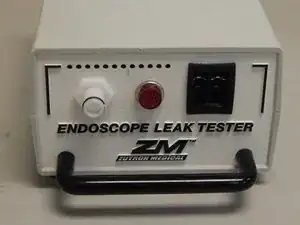Background and Identification
By definition, endoscopy is the insertion of a long and thin tube into the body to closely observe the internal components of the body. In general, endoscopy is the medical imaging of the organs and tissue inside a patient and are minimally invasive. Endoscopes can enter through the mouth or anus as well as small incisions within the body. According to the American Cancer Society (ACS) there are thirteen types of endoscopy, which are the follwing:
- Arthroscopy (joints)
- Bronchoscopy (lungs)
- Colonoscopy (colon)
- Cystoscopy (bladder)
- Esophagogastroduodenoscpy (esophagus and upper intenstinal tract)
- Hysteroscopy (uterus)
- Laparoscopy (abdominal/pelvic area)
- Laryngoscopy (larynx)
- Mediastinoscopy (mediastinum)
- Sigmoidoscopy (sigmoid colon)
- Thoracoscopy (area between lungs and chest; also known as pleuroscopy)
- Ureteroscopy (ureter)
Source: Healthline

